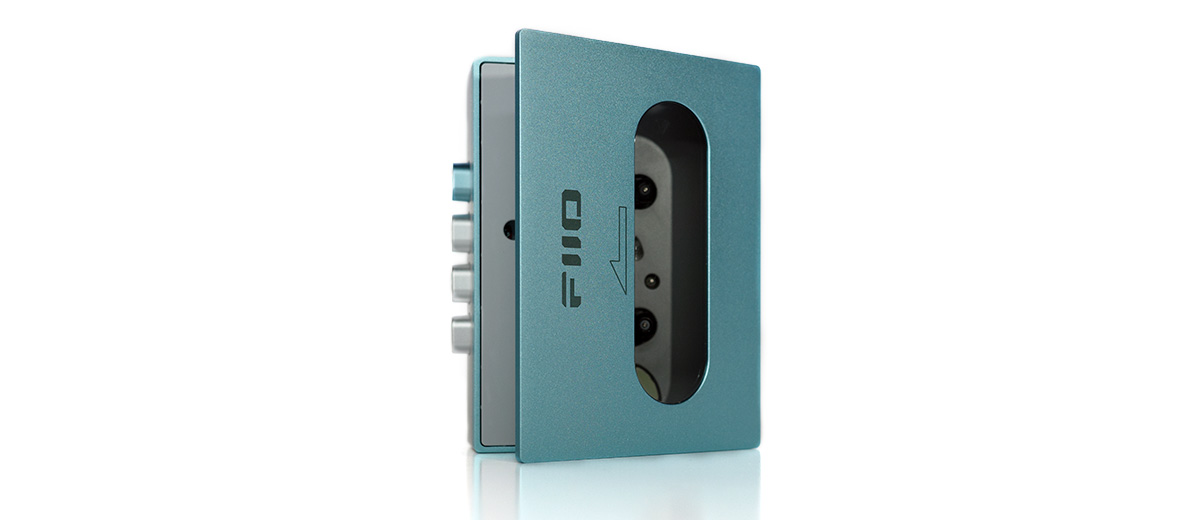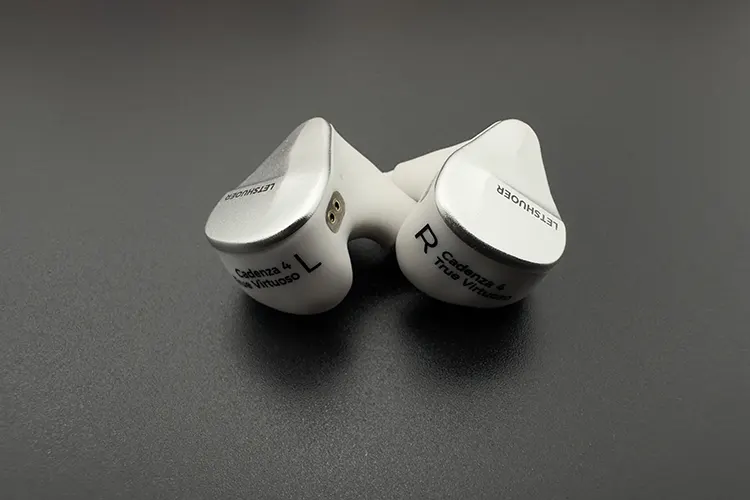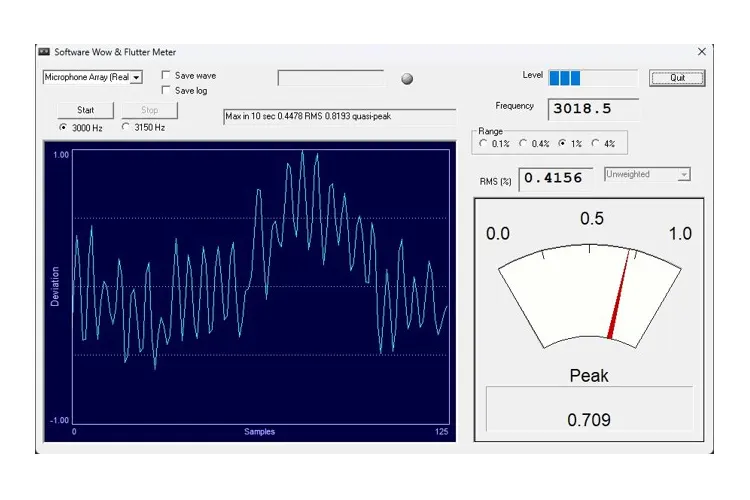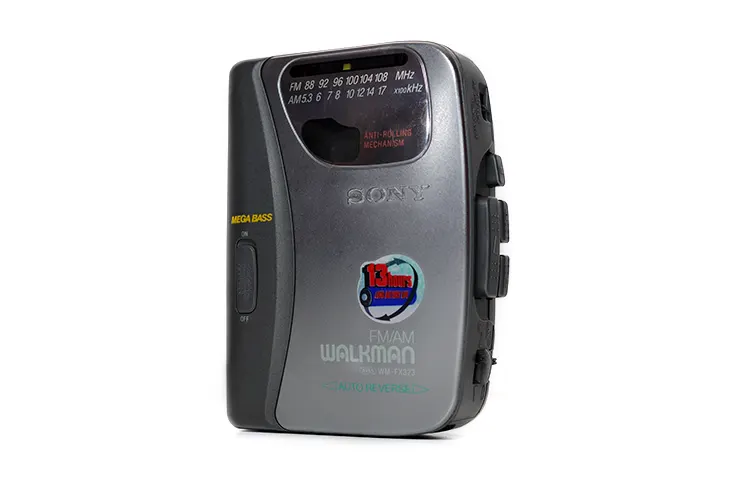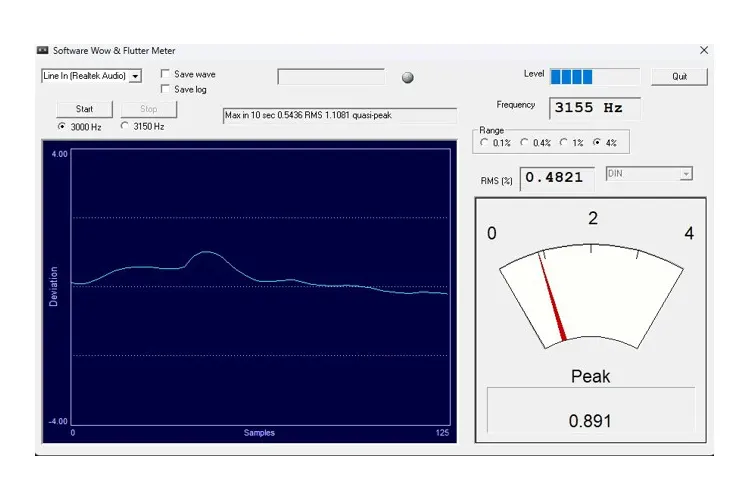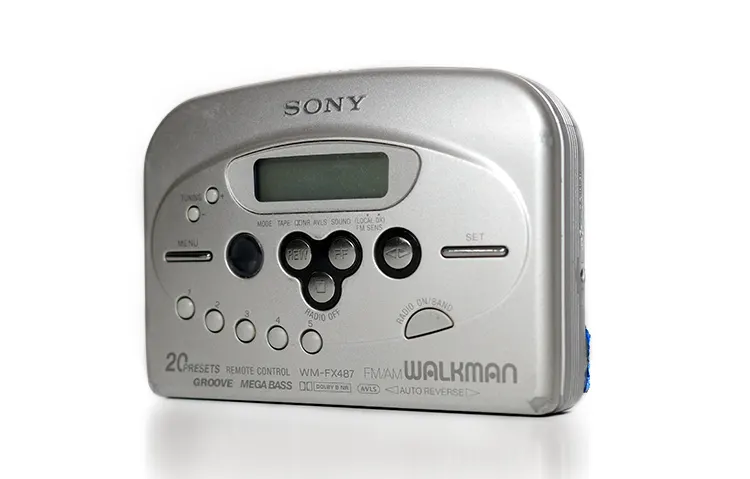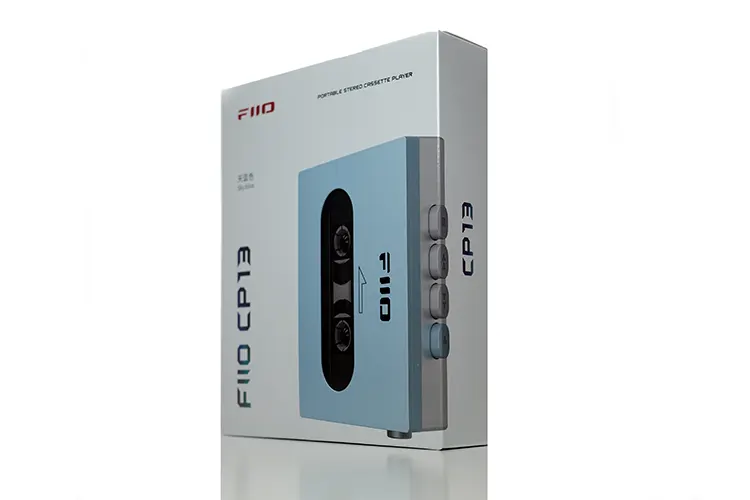Synergy
As noted upon arrival and check, the CP13 did not seem to play well with the JT1 headphones.
After burn-in, the pairing worked, but not as well as the aforementioned IEMs used. I would not call this a limitation, but rather an aspect of playing nicely with some and tolerating others.
Efficiency
The background noise mentioned only became very noticeable between songs, and in quiet parts, but knowing the medium, is expected. Quality tapes showed much less of this characteristic.
In today’s market, you can purchase used pre-recorded tapes and now new pre-recorded tapes from various sources. Due to quality differentiation and recording material sources, a wide fluctuation in performance is to be expected.
Pairings
The Shanling MG100 is an IEM, that plays nicely across many avenues and is no different here. Good extension down low, with good details wrought from the mids carry into a smooth, but textured upper end.
Detail retrieval from the Shanling was not the best, but I count this as a limitation of the pairing and source material mostly.
Tempering your expectations away from a digital source, the pairing is a competent listen allowing me to entertain the music I like on cassettes. If I had to choose, I would prefer the Shanling over the LETSHUOER Cadenza4 when using the CP13.
The Cadenza4 is a hybrid IEM with one dynamic driver and three balanced armatures, showing the lineage to the Cadenza 12. I did have to raise the volume level on the Cadenza 4 to match (seat of the pants-wise) the volume of the Shanling.
Better detail retrieval was had using the Cadenza4 but with a recessed midrange. Instruments typically found in support and almost equal to the rest such as cymbals were pushed to the back, and this came across with more noise from the source tapes.
Better detail retrieval was had, yes; but at the cost of an engaging signature to me. Separation is still quite good, especially when dissecting complicated pieces.
I was able to play the FiiO FT3 (350Ω) with great success, and the pairing made for my favorite headphone setup with the CP13. A richness came about, that could not be matched by the others, with the midrange placed in the center and with proper detail retrieval.
Either end of the signature carried not only more weight to the notes but also clarity, making me almost forget I was listening to a cassette tape recorded from material in 1966.
Select Comparisons
We Are Rewind
Technical
Coming with features the CP13 does not have including a recording ability and Bluetooth, the WAR went to great lengths to make it a feasible product for the 21st-century digital crowd. Using the same head as the CP13, you might think the two would sound similar.
A frequency response of 30Hz-12500Hz seems more realistic than the CP13 but comes with a lower SNR of 50dB. Recordable FR drops to a max of 10kHz, though. 2mW compares favorably to the CP13.
Bluetooth 5.1 works well when connecting any capable BT headphone/IEM. A battery life of 10 hours was confirmed twice in my testing.
Design
Set on a similar footprint, but elongated for the BT and record functions, the WAR is built equally well as the CP13. However, the blue colors seem to be mismatched between the main part (including the lid), and the “extra” area.
Button functionality was a bit tighter than the CP13. The lid opened easier as well, without requiring two hands.
I found the size not to be a limitation when handling the WAR, and the finish was a bit less prone to scratches than the CP13.
Performance
From the beginning, the WAR presents a warmer, richer tonality than the CP13, with bass reaching deeper and with more authority. This does become a slight bleed into the midrange, but due to the lower SNR, it does not bother what the senses are hearing.
There is a narrower, less detailed soundstage and less technical ability to place instruments within the stage. The richer, smoother signature plays into many cassette recordings and can be preferable to many users.
There is also a slightly looser presentation in the upper regions, making for an overall smoother signature than the CP13.
The two provide a complimentary pairing, but if you prefer a brighter, more detailed sound, with much less background noise then the CP13 delivers that. If you prefer something smoother, and the other functions on the WAR, then it is a viable alternative.
Sony WM-FX323
Technical
Sony’s Walkmans were legendary for their ability to pack as much technically into the machine as possible.
The FX323 carries AM/FM radio and Sony’s patented Mega Bass. Also included is the ability to switch from Normal (Type I) to Chrome (Type II & III) tapes, along with AVLS (Automatic Volume Limiting System).
Features alone dwarf both the CP13 and WAR above. Up to 13 hours on 2-AA batteries has been confirmed by me, even in its vintage state. W&F are definite limitations in a model of this age.
Design
The proverbial rounded rectangular shape carries on in the affordable FX323, with an easily accessible lid. The MEGA bass switch is on the lid, too; making for an easy change on the fly.
The side carries all the functionality options including a repeat switch and an auto-reverse function switch.
A belt hook can be removed if not needed, making for a very portable option. Button functionality is quite good for its late-20th-century age, something that impressed me when I first purchased it.
Performance
With the MEGA bass switch on, there is no denying the thunderous bass emanating from the music played. Technically speaking, the level of detail is on par with the CP13, but W&F, even with the new belts and fresh batteries, shows that this is an older, budget device.
With the MEGA bass switch on, you can hear the rumble of the tape recording, and noise does become an issue. Button functionality is taut but heard when bumping the machine during use.
When new, this was a low-mid grade cassette player that functioned well for the time, but its age shows.
The lack of overall technical ability places it behind both the WAR and CP13 for most uses. For simply playing music, it can keep up with the CP13 but shows definite old-age functionality.
Sony WM-FX487
Technical
Moving into the electronic button functionality realm, the FX487 shares its heritage in name only with the older models.
Carrying AM/FM with up to 20 preset stations, and auto reverse, the 487 has features similar to the 323, also carrying the MEGA bass option.
Design
All of the touch buttons are on the lid, except for a rotating volume dial on top. A battery-level display is also shown on the digital screen. A menu button (with an annoying electronic sound) allows you to toggle between modes, and tape functions such as Dolby B NR, sound (MEGA bass), and AVLS.
There is a designed delay in functionality, which took a bit of getting used to, but I considered this to be a purposeful dedicated movement of each function.
Also of note, FF/REW was nearly silent in operation. The switch between AM/FM and tape modes is a rubber button, which seems slightly out of character when compared to the other functions.
The silver coating of the unit does show its age but has held up remarkably well, and I would posit may indeed ‘outfunction’ either of the newer models above.
A belt hook is on the light gray back but was not included with my purchase.
Performance
The FX487 sounds remarkably good for its age, with very good technical ability and detail retrieval. I found online that SNR was purported to be 92dB’s A-weighted but could find no other references to that and caution the validity. Battery life was on par with the other vintage Sony at 12 hours.
The lower end (with MEGA bass off ) was the deepest of the ones tested here, and when MEGA bass was implemented, carried far less thunderous grunt than the FX323 (which was too much in my opinion), allowing the clarity of music to come about.
The midrange carried over with good detail, and the top-end extension was also the best of the lot, with succinct cymbal notes that carried a realistic tone and extension. I will admit I was astounded at the abilities of the FX487 in comparison.
The 487 also carried the lowest W&F on the “shake test,” which everyone does.
Our Verdict
The FiiO CP13 is a unique and exciting product release that taps into a bygone area using a modern and fresh approach.
While we can lament the need for better cassette heads, the implementation of those heads is a part of the overall product. A big part. FiiO rejects those that do not meet their standards, which is a good start.
For pure functionality, the CP13 sounds quite good on your homemade tapes or pre-recorded tapes, limited by average W&F response, and the speed issue; which FiiO has become proactive in remedying.
Incorporating features that the user can change, and making the sound more accurate may be the next step in CP13’s development.
Short of that, the CP13 performs adequately for those who reminisce over our previously owned Walkman and would like to get back into the portable cassette market. There is a new generation out, who may want to do the same.
FiiO CP13 Technical Specifications
- Supported cassette types: All types I-IV
- Output: 2-track stereo playback
- Dimensions: 120*88.3*31.8mm
- Output level: Greater than 250mV
- SNR: >55dB
- Weight: 310g
- Battery: 1800mAh lithium cobalt oxide
- Battery life: >13 hours @40mV
- Standby time: >268 days




